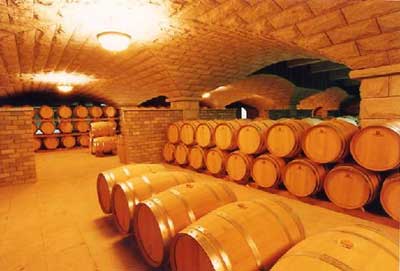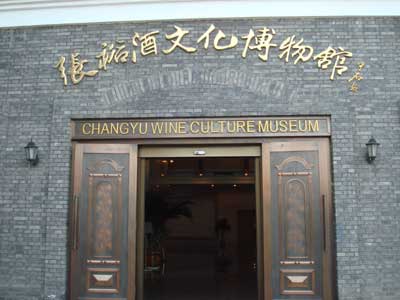| Home / Living in China / Expat Tales | Tools: Save | Print | E-mail | Most Read |
| In Vino Veritas - China's Developing Palate |
| Adjust font size: |
In 1956, when Mao Zedong visited the Changyu Wine Culture Museum in Yantai, he encouraged the Chinese population to drink more wine and for viticulture to become an important part of China's agricultural landscape. Over 50 years on, what has become of the Chinese palate? Has the concept of wine-drinking become commonplace as in many other nations or does it still struggle to overthrow more established liquors such as baijiu and beer? For Yantai, a pleasant coastal city nestled on the northern coast of Shandong, wine is part of its history. In 1892, Zhang Shibi created the country's first winery, naming it "Changyu" to indicate prosperity. Aware that this venture was new to China, Zhang brought in outside help, notably consulting experts from Austro-Hungary, who advised him until war broke out in 1914.
Touring the museum, one cannot fail but be impressed at the scale of the operation. The company has meticulously documented each stage of its development, each award its wines have garnered, and its century-old wine cellar, dominated by the three giant Barrel Kings of Asia with their 15000-liter capacity, bears testament to Changyu's passion for wine. Changyu itself has helped cement China's position as one of the leading wine-markets in the world with 410 million liters of wine consumed nationwide in 2005. But, as many a wine connoisseur would remark, any skill, effort and time put into viticulture will be dashed if the people that drink it have no appreciation thereof. However, during the museum tour, official meals and wine-tasting, it seemed that the interest being displayed in the wine was a purely mercantile one, yet another manifestation of the Chinese entrepreneurial character. Any questions seeking more details into manufacturing procedures, or the type of grape being used, or particularities of taste, were met with hesitant coughs and half-mumbled answers. It seems sad that despite a century-long history and a growing presence on the dining tables of China's epicureans, the concept of wine-drinking has not yet moved beyond that of simple drinking.
At a formal dinner with Yantai's information bureau officials, Changyu Wine was high up on the menu, so happy were they to share it with foreign guests. Lu Zhongmin, vice director of the Yantai Information Office, demonstrated the optimal drinking method, confidently swirling, smelling and sipping the wine. Despite the choice of red wine proving to be a pleasantly tangy companion to the Shandong specialties laid out before us, it seemed to have been simply picked from a hundred others instead of being carefully chosen to complement the meal. For a national "City of Wine and Vine," it seems odd that such basic faux-pas as serving a non-chilled white wine or pouring red and white into the same glass would be committed with such reckless abandon. Naturally, it is not to be expected that Chinese wine culture should yet be as rich and as varied as that of European nations in which wine has been ever-present since Antiquity. However, it is saddening that the pleasures to be attained by the full appreciation of wine-drinking yet elude a country so eager to take center-stage in the international wine trade. (China.org.cn by Chris Dalby in Yantai, June 4, 2007) |
| Tools: Save | Print | E-mail | Most Read |
 |
| Related Stories |
|

